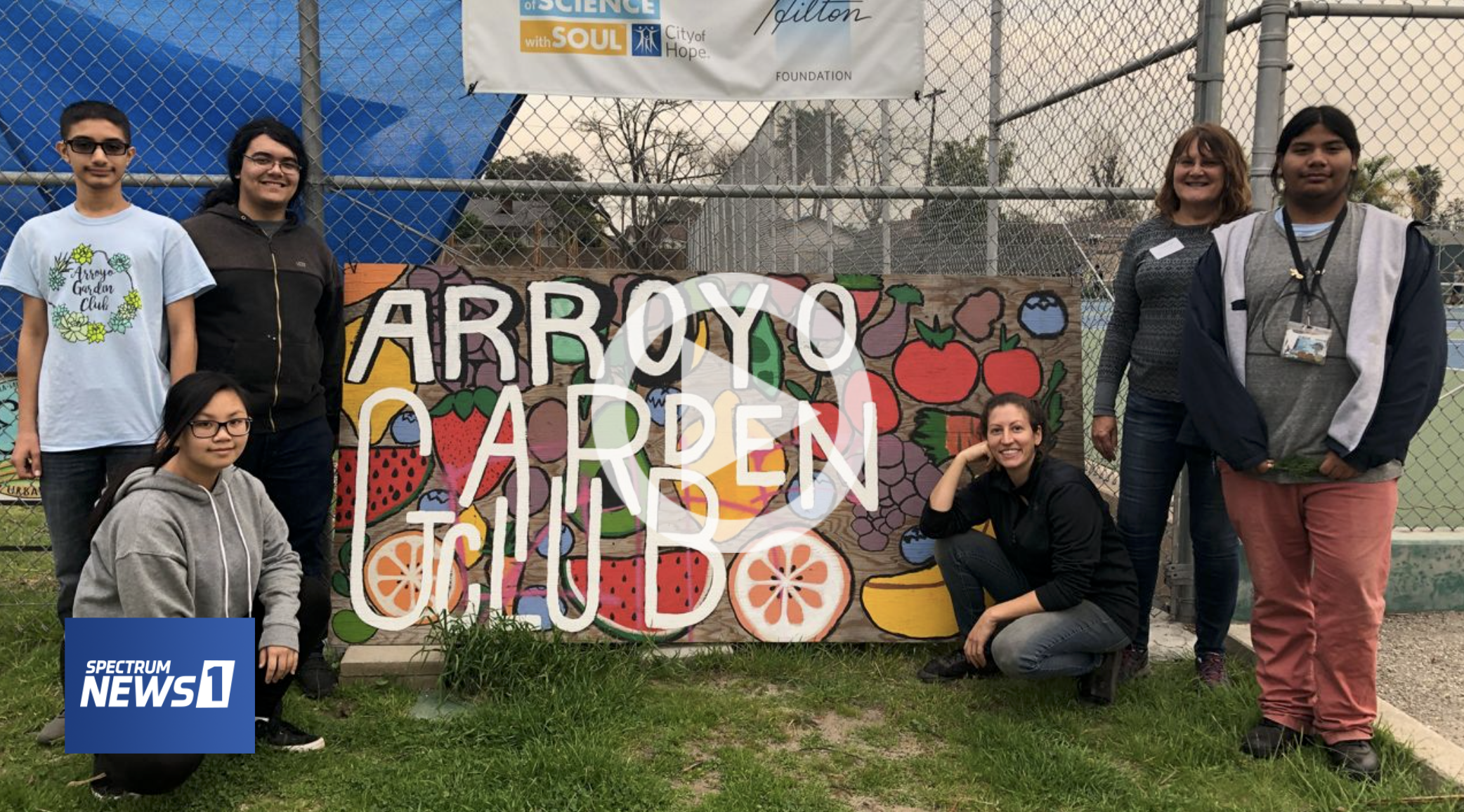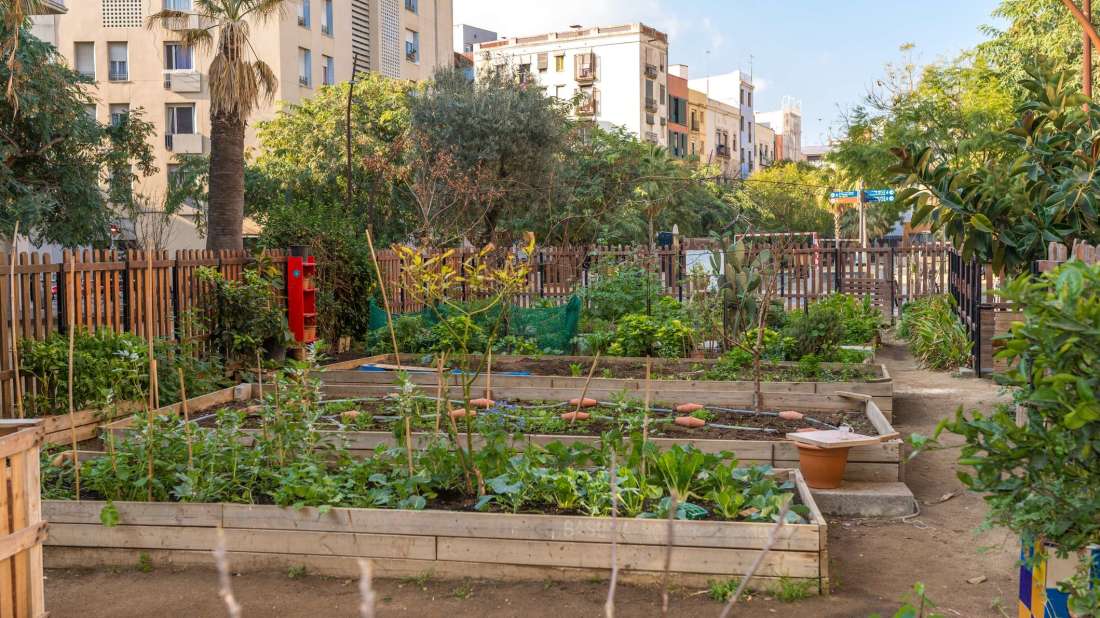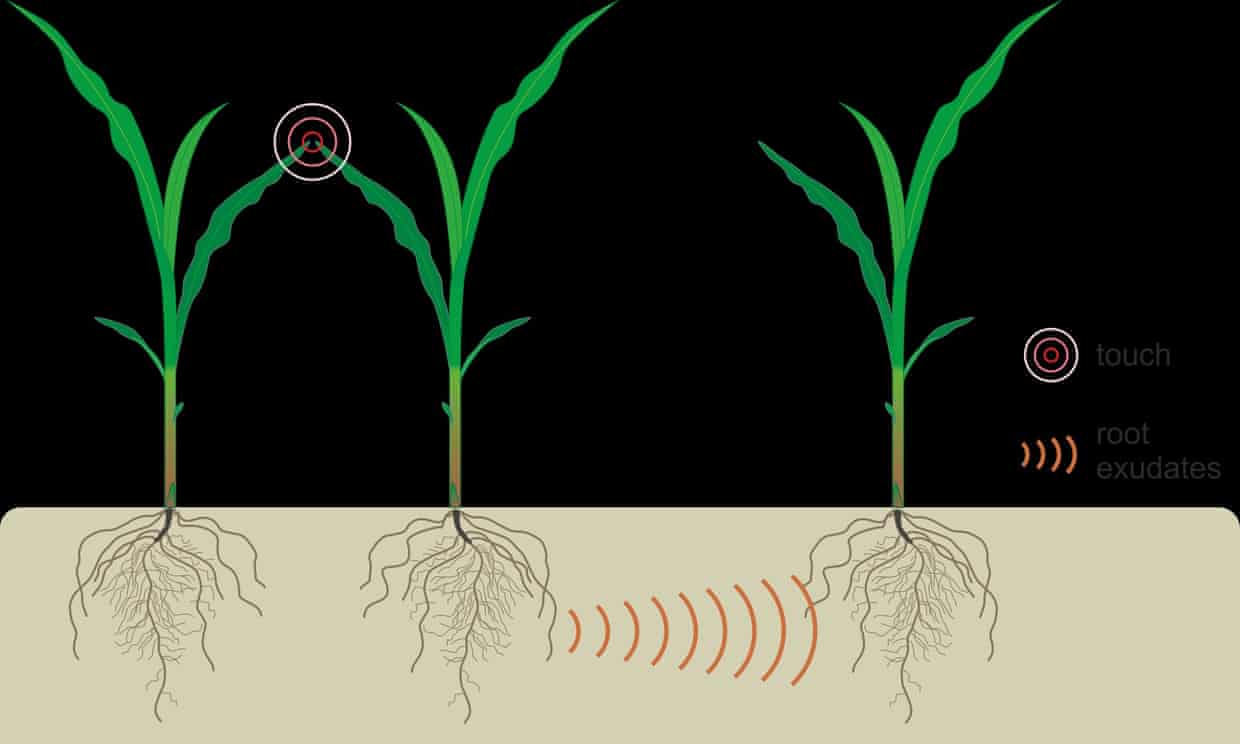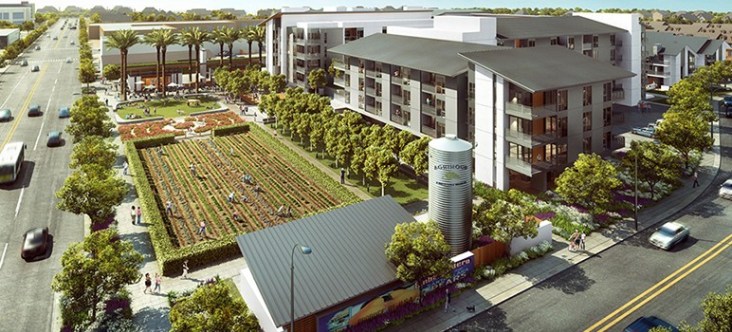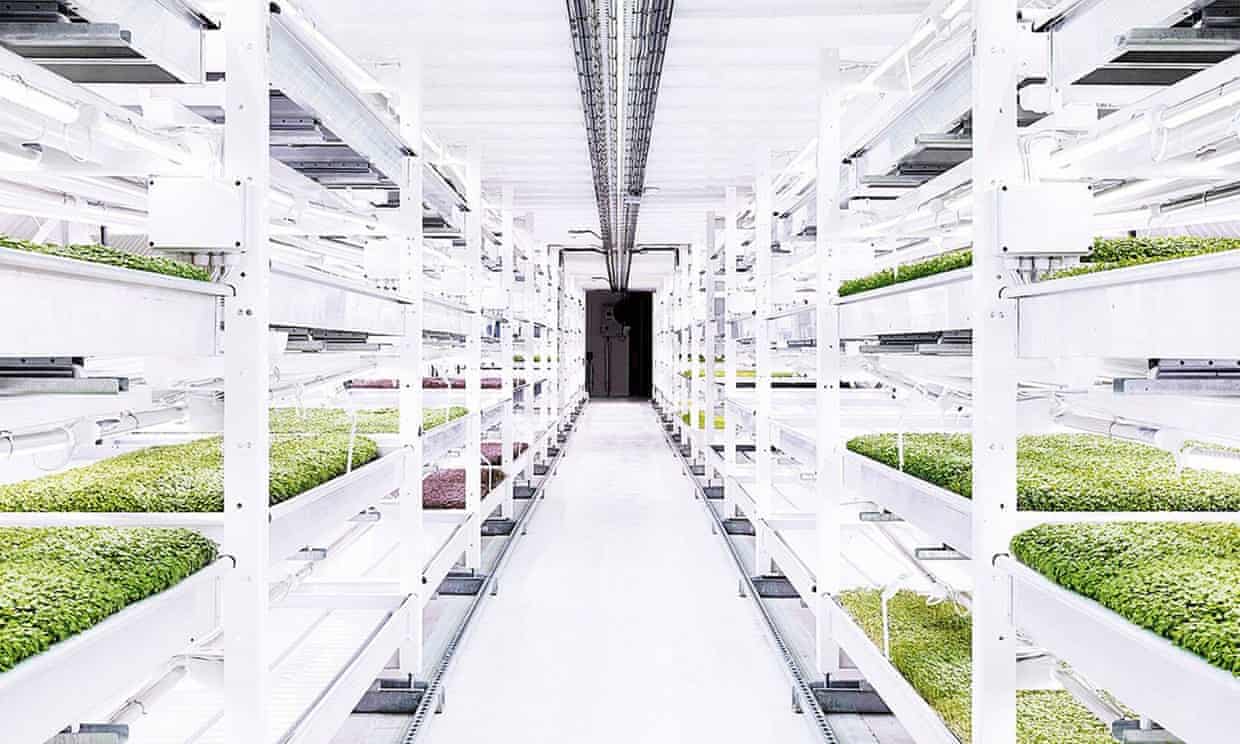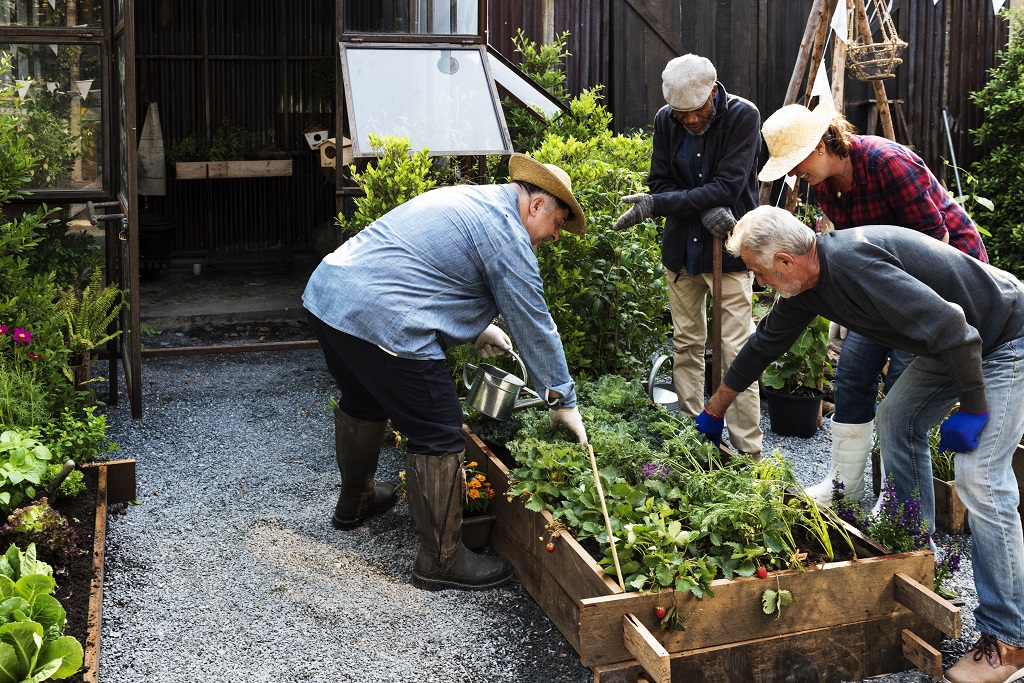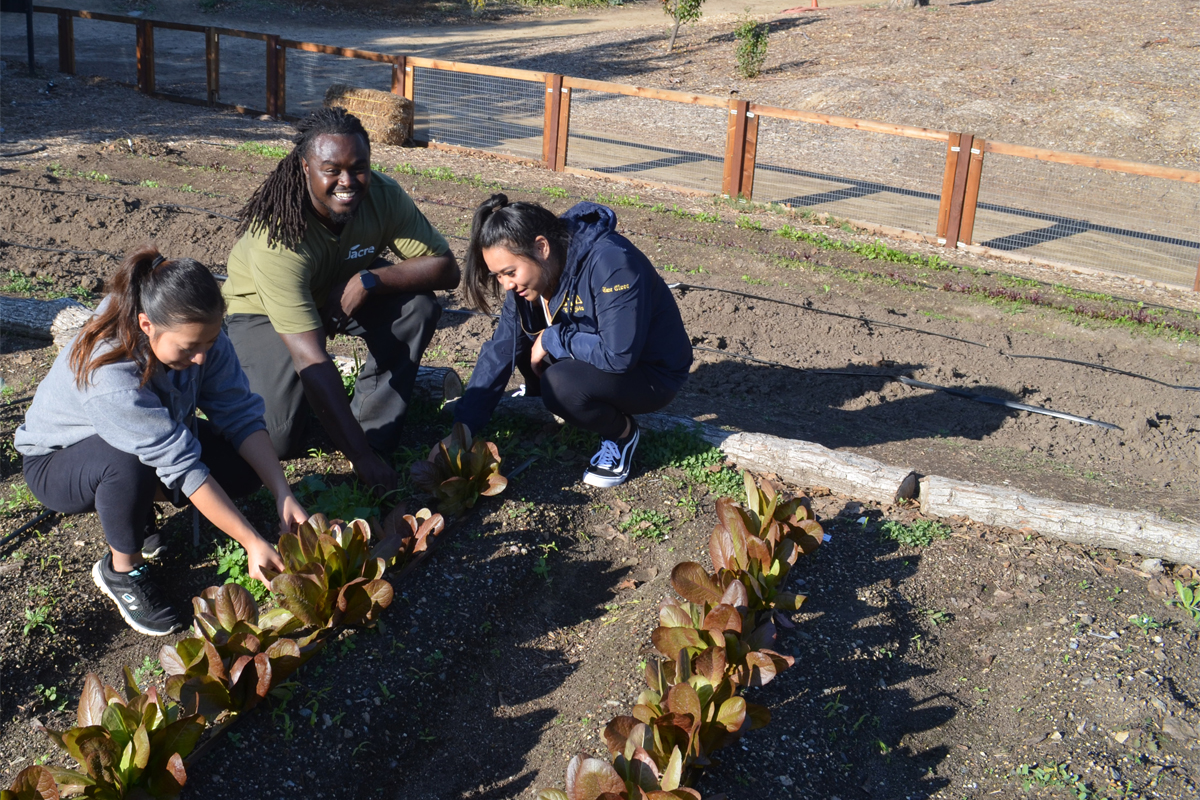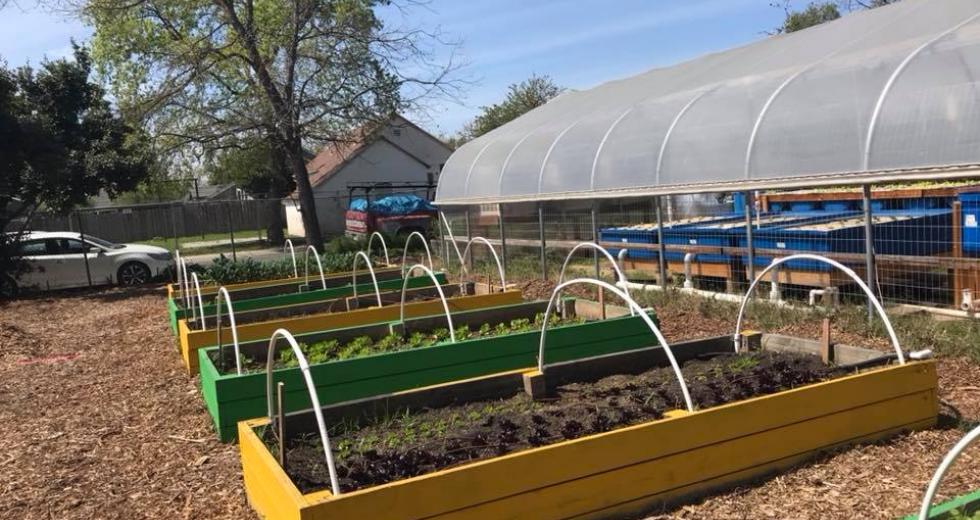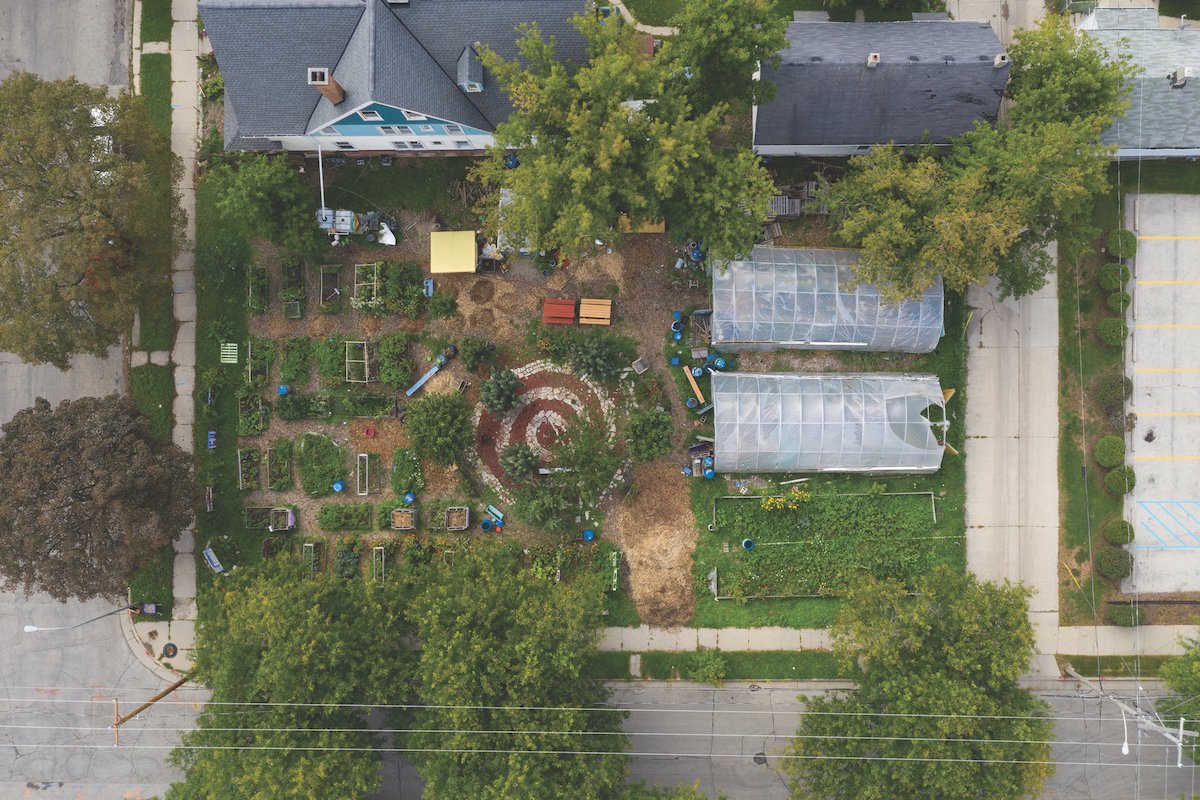
Milwaukee’s past is often seen through the lens of industry and big factories, but “Growing Place: A Visual Study of Urban Farming,” now at MSOE’s Grohmann Museum, shows there were more ways to grow a city. Milwaukee was a frontrunner in gardening dating back to the late 1800s, laying the groundwork for the urban farm visionaries of today.
Guest curators Michael Carriere, assistant professor at MSOE’s Humanities, Social Science and Communications Department, and David Schalliol, assistant professor of sociology and anthropology at St. Olaf College, gathered a collection of photographs, documents, signs, posters and farm tools to tell Milwaukee’s agricultural story. Items were acquired from UW-Milwaukee, Milwaukee Public Library, the Milwaukee County Historical Society and individuals.
“Growing Place” was born out of a broader project Carriere had been involved with, which studied placemaking (a multi-faceted approach to the planning, design, and management of public spaces) following the Great Recession, and how cities try to bounce back from severe financial crisis.
READ THE FULL STORY: https://shepherdexpress.com/food/eat-drink/growing-place-sheds-light-on-history-of-growing-food-in-milw/
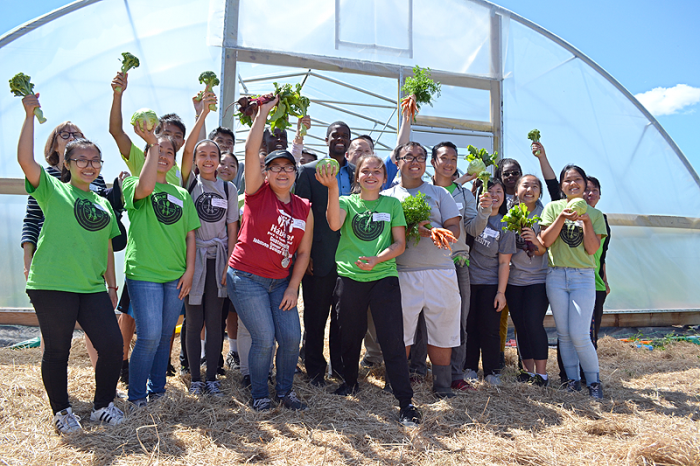
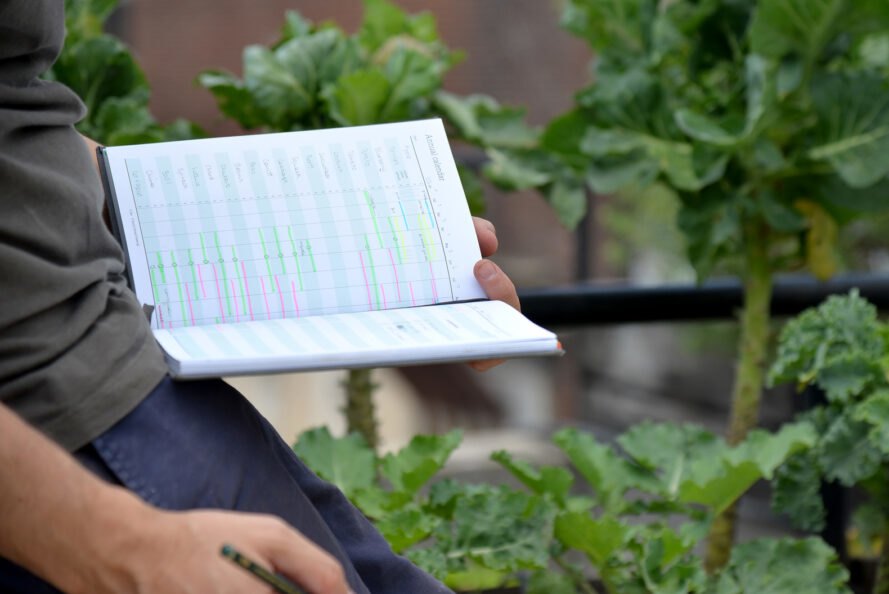
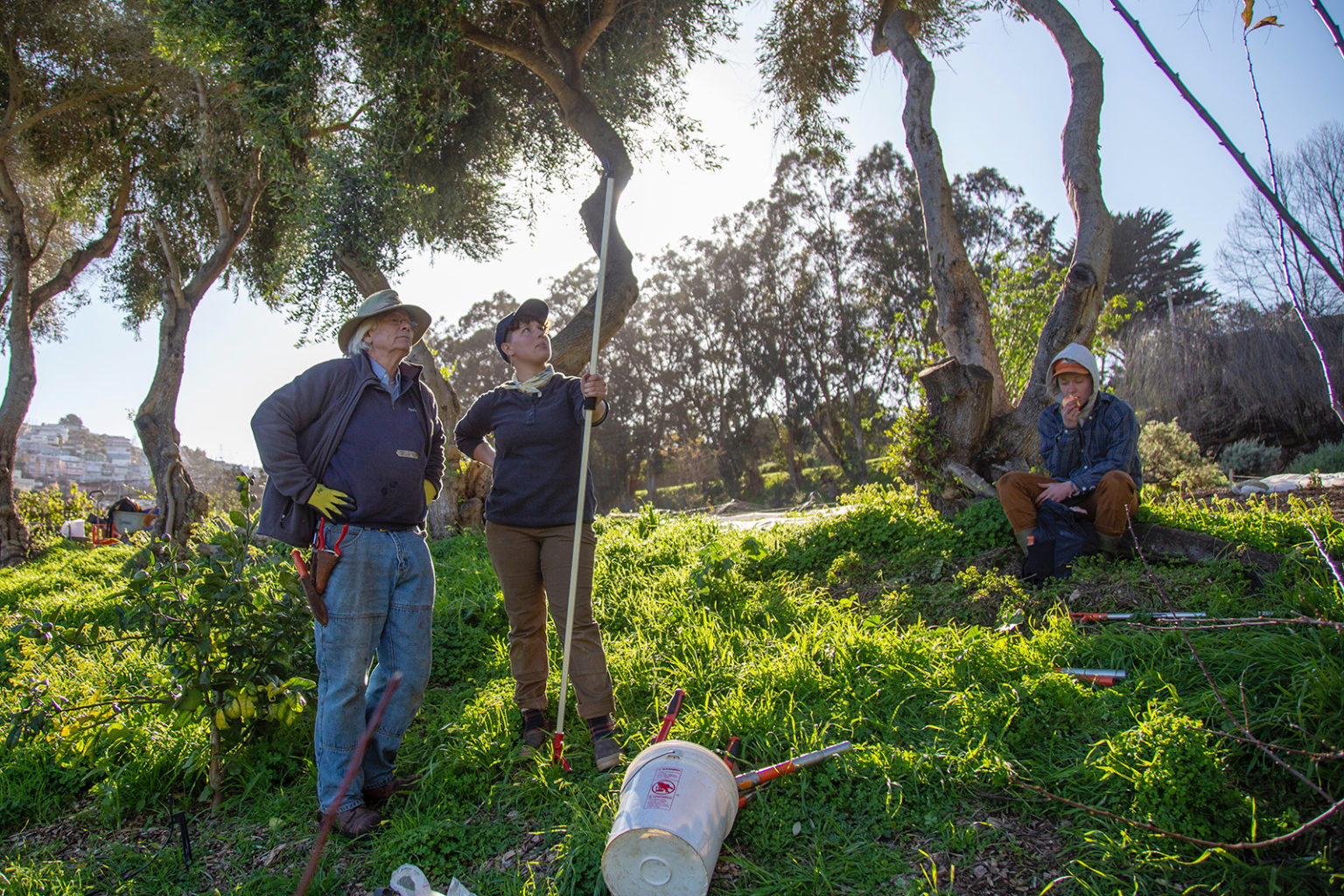
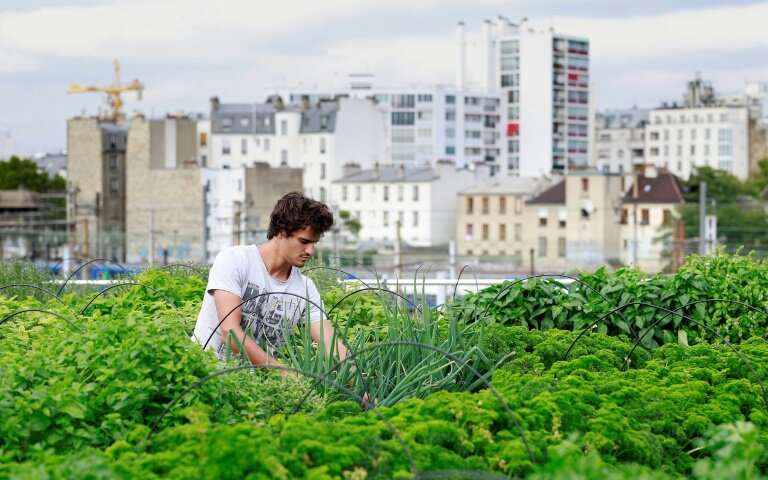


 Newswise — Feb. 18, 2019 – Soil is all around us, in cities and rural areas. But some soil becomes contaminated. The Soil Science Society of America (SSSA) Feb. 15 Soils Matter blog post summarizes common contaminants and the risks they carry.
Newswise — Feb. 18, 2019 – Soil is all around us, in cities and rural areas. But some soil becomes contaminated. The Soil Science Society of America (SSSA) Feb. 15 Soils Matter blog post summarizes common contaminants and the risks they carry.